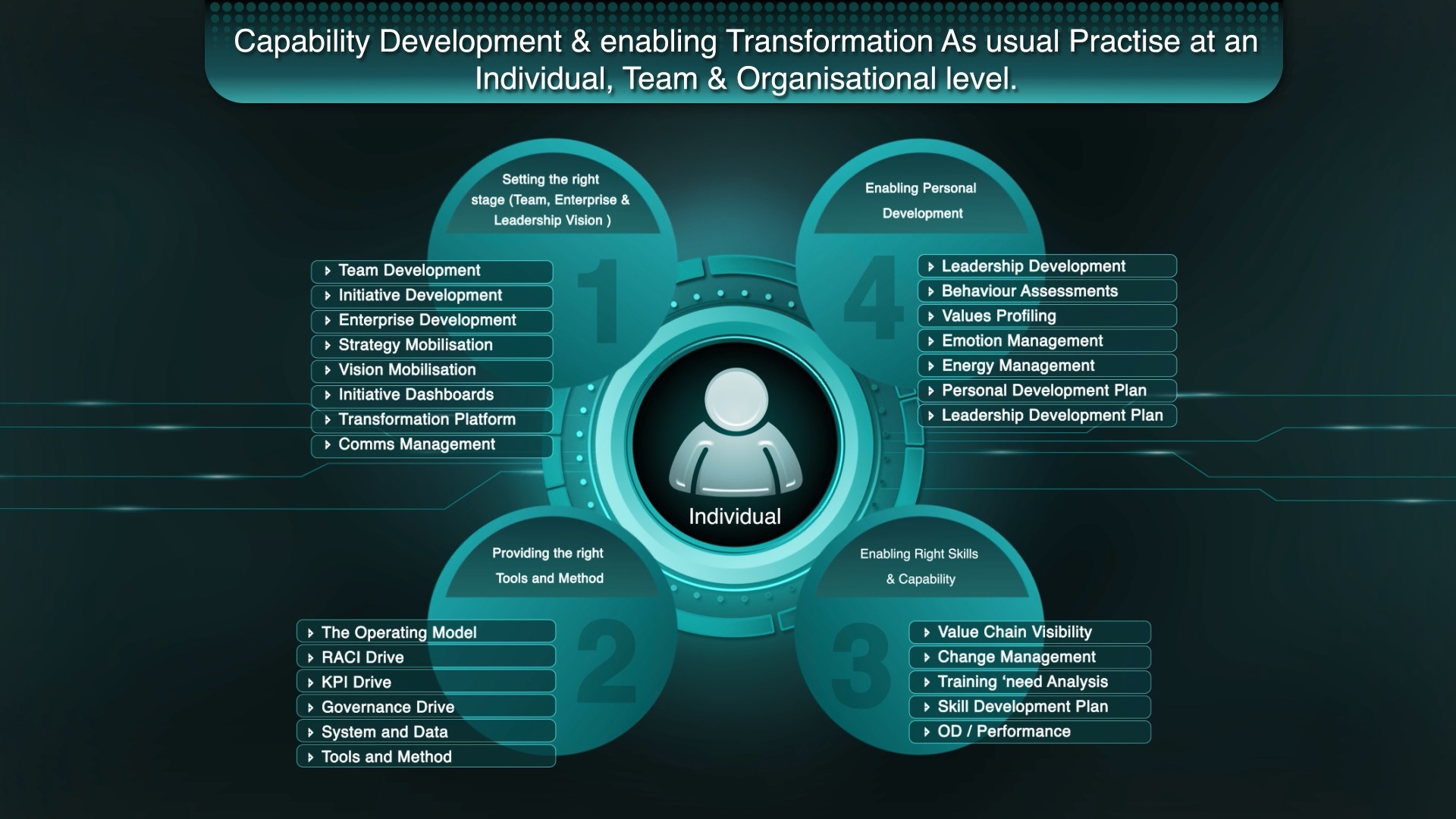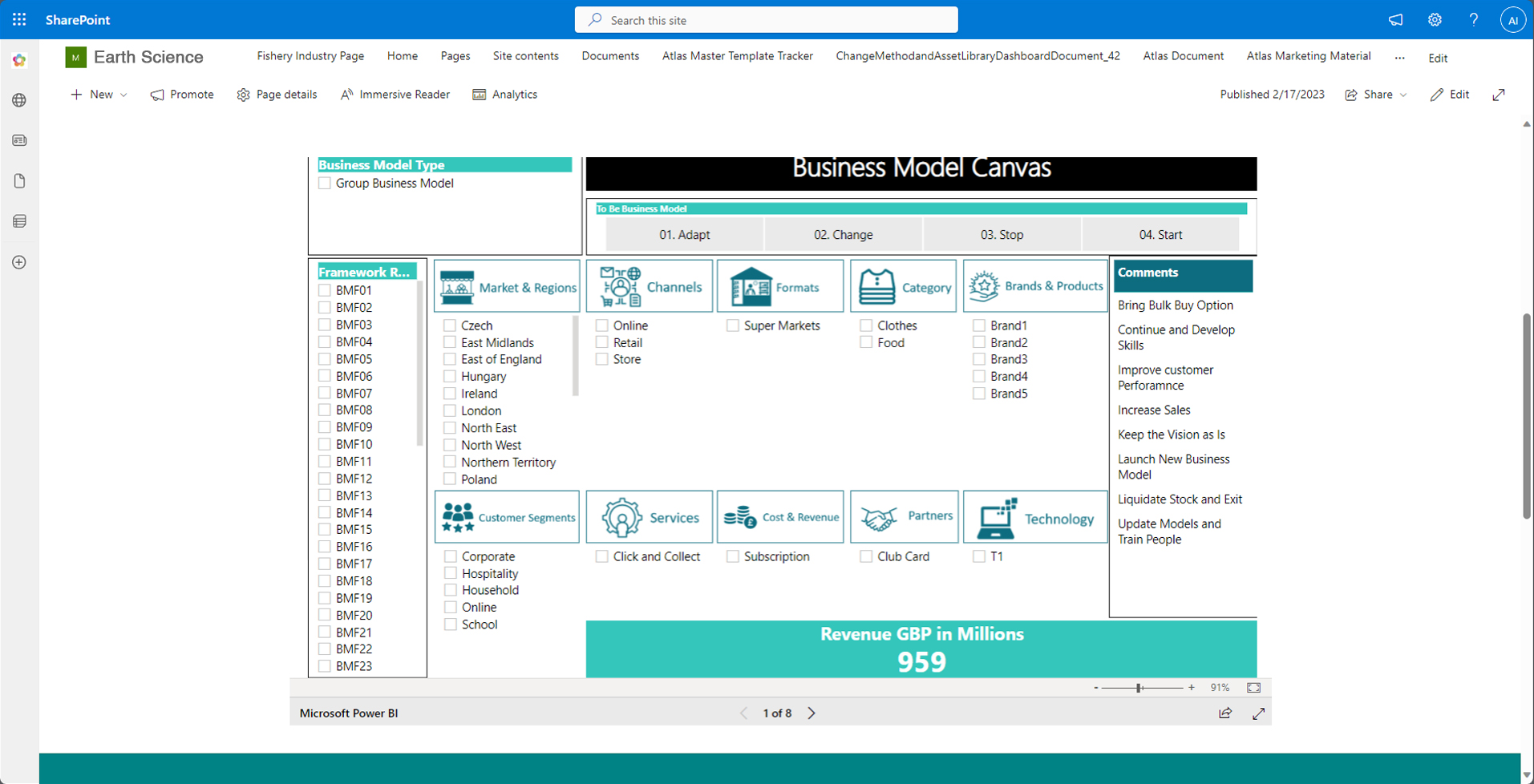Earth Science – Enterprise Business Transformation
An Introduction To Our Earth Science Platform
Modus Business Transformation Core Modules
Building, Driving and Sustaining your Business Transformation and embedding a 'Transformation As Usual' platform.
*01 - Business Model Management - Manage and Adapt
The Business Model Management Hub empowers businesses to navigate the complexities of transformation with confidence, ensuring sustainable growth and success.
The Business Model Management Hub in Modus ETP is designed to help Earth Science Enterprise businesses set up, analyze, and adapt their current and future business models. This comprehensive tool covers all aspects, including markets, customers, products, and services, providing a centralized platform for transformation.
Importance of the Business Model Management Hub
Strategic Planning: Develop and refine strategic plans to align with market demands and business objectives.
Market Analysis: Gain insights into market trends and customer needs to stay competitive.
Product and Service Development: Innovate and optimize product and service offerings to meet evolving customer expectations.
Transformation Support: Facilitate seamless business transformation by integrating strategies with operational execution.
Key Features:
Business Model Management: Define and manage business models to ensure alignment with strategic goals.
Business Transformation Survey: Conduct surveys to assess readiness and identify areas for improvement.
Transformation Strategy Hub: Centralize strategy development and execution to drive successful transformation initiatives.
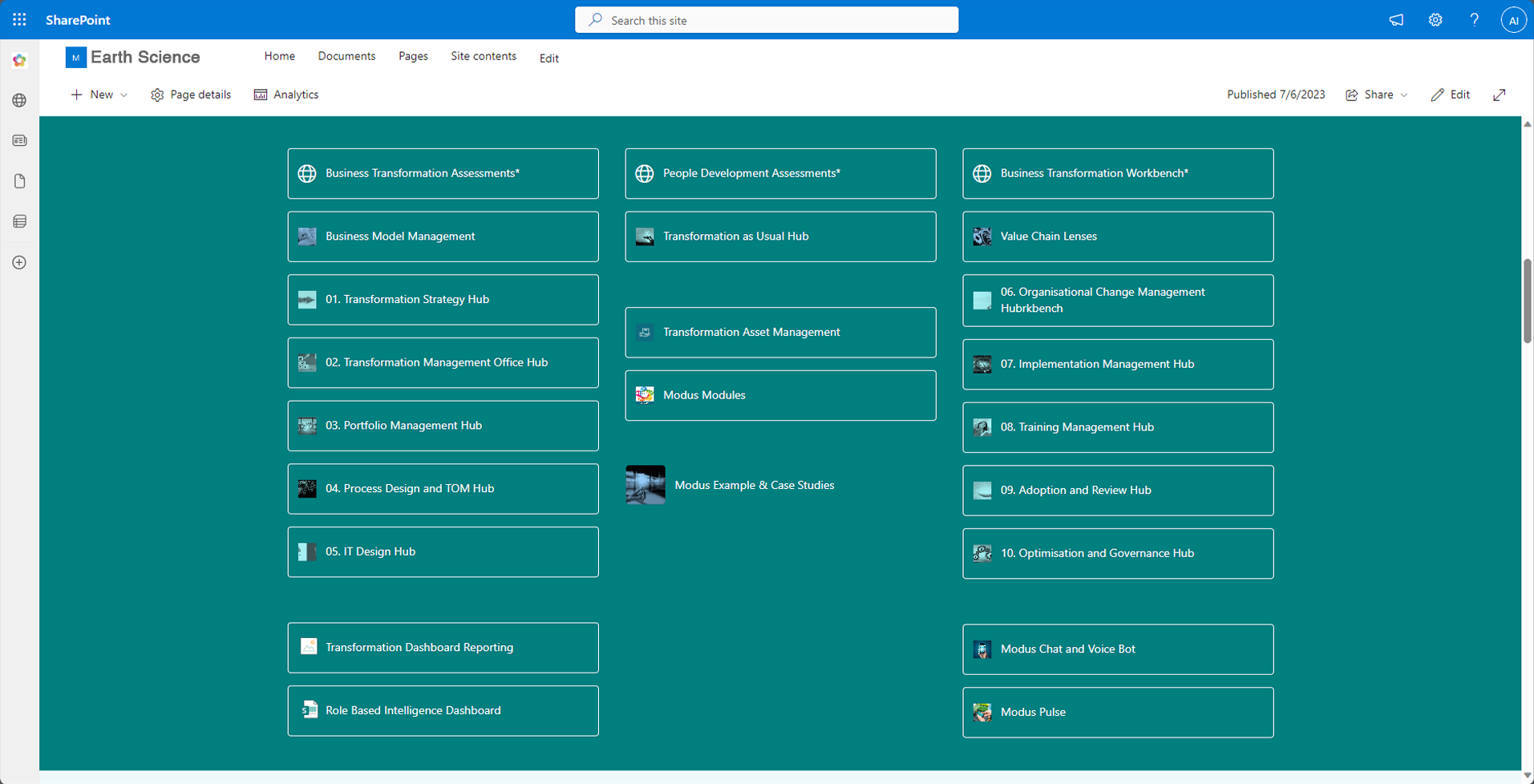
Benefits
• Enhanced Visibility: Clearly visualize your business model and value chain,
making it easier to identify areas for improvement.
• Increased Efficiency: Streamlined processes and optimized operations lead
to cost savings and better resource management.
• Scalable Growth: Plan and execute growth strategies with confidence,
supported by comprehensive value chain insights.
*02 - The Value Chain Modeler - Manage and Adapt
The Value Chain Modeler empowers Earth Science Enterprise businesses to achieve sustainable growth by providing a clear, actionable roadmap for success.
Importance of the Value Chain Modeler
• Comprehensive Insight: Gain a holistic view of your end-to-end value chain,
identifying key touch-points and interdependencies.
• Strategic Planning: Develop detailed plans to enhance business processes,
improve efficiency, and drive growth.
• Continuous Improvement: Use data-driven insights to continually refine and
optimize your business operations.
Key Features:
• Value Chain Analysis: Analyze each segment of your value chain to identify
strengths, weaknesses, and opportunities.
• Value Chain Surveys: Conduct surveys to gather critical data and insights
from stakeholders across the value chain.
• Target Operating Model: Define and implement a target operating model that
aligns with your strategic objectives and operational needs.
*03 - The Operating Model - Organize and Sustain
The Operating Model in Modus ETP helps Earth Science Enterprise businesses achieve sustainable success by organizing and optimizing their operational processes.
The Operating Model in Modus ETP for Earth Science Enterprise businesses helps you organize and sustain your operational processes by defining, capturing, and visualizing them. This creates a 'living' process knowledge hub, known as the Ways Of Working Centre Of Excellence.
Importance of Multiple Operating Models
• Flexibility: Having multiple operating models allows for adaptability in
different scenarios and ensures your business can respond to changing
environments.
• Continuous Learning: These models serve as ongoing training guides,
helping your team stay updated with best practices and new processes.
• Optimized Operations: Maintain a structured approach to managing
operations, ensuring efficiency and effectiveness.
Key Features:
• TOM and Operating Model Design: Develop and implement Target
Operating Models tailored to your business needs.
• Operating Model Components: Define key components of your operating
model for clear and efficient processes.
• Product and Services Value System Design: Create and manage the value
system for your products and services.
• Customer Experience Design (CX): Enhance customer interactions by
designing a seamless customer experience.
• Business Role and Skill-Based Design: Structure business roles and skills to
optimize team performance.
• Process Support Office: Establish a support office to manage and sustain
process improvements.
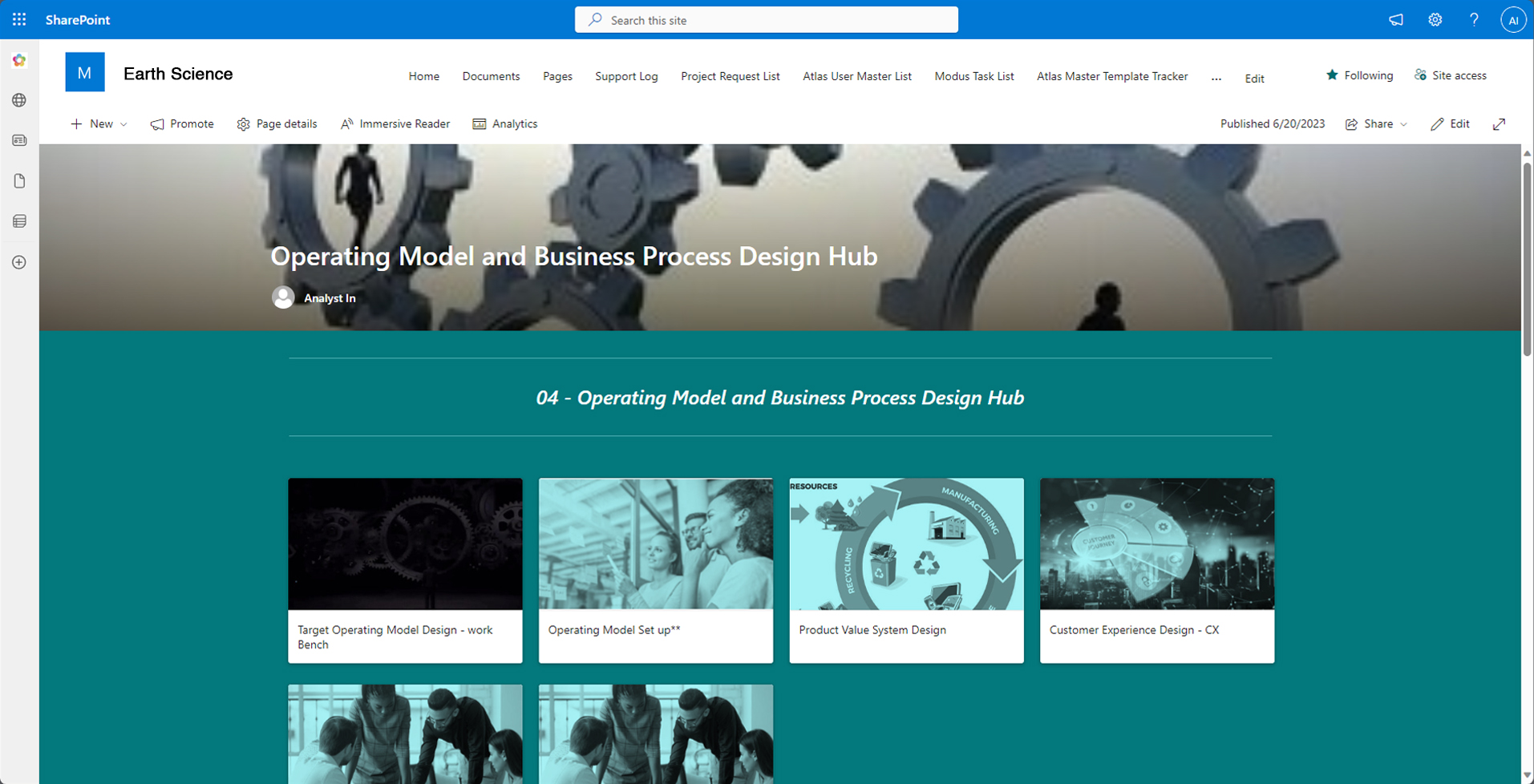
Benefits:
• Improved Efficiency: Streamlined processes lead to better resource
management and reduced operational costs.
• Enhanced Agility: Quickly adapt to new challenges and opportunities with
flexible operating models.
• Continuous Improvement: Regular updates and training ensure your team
operates at peak performance.
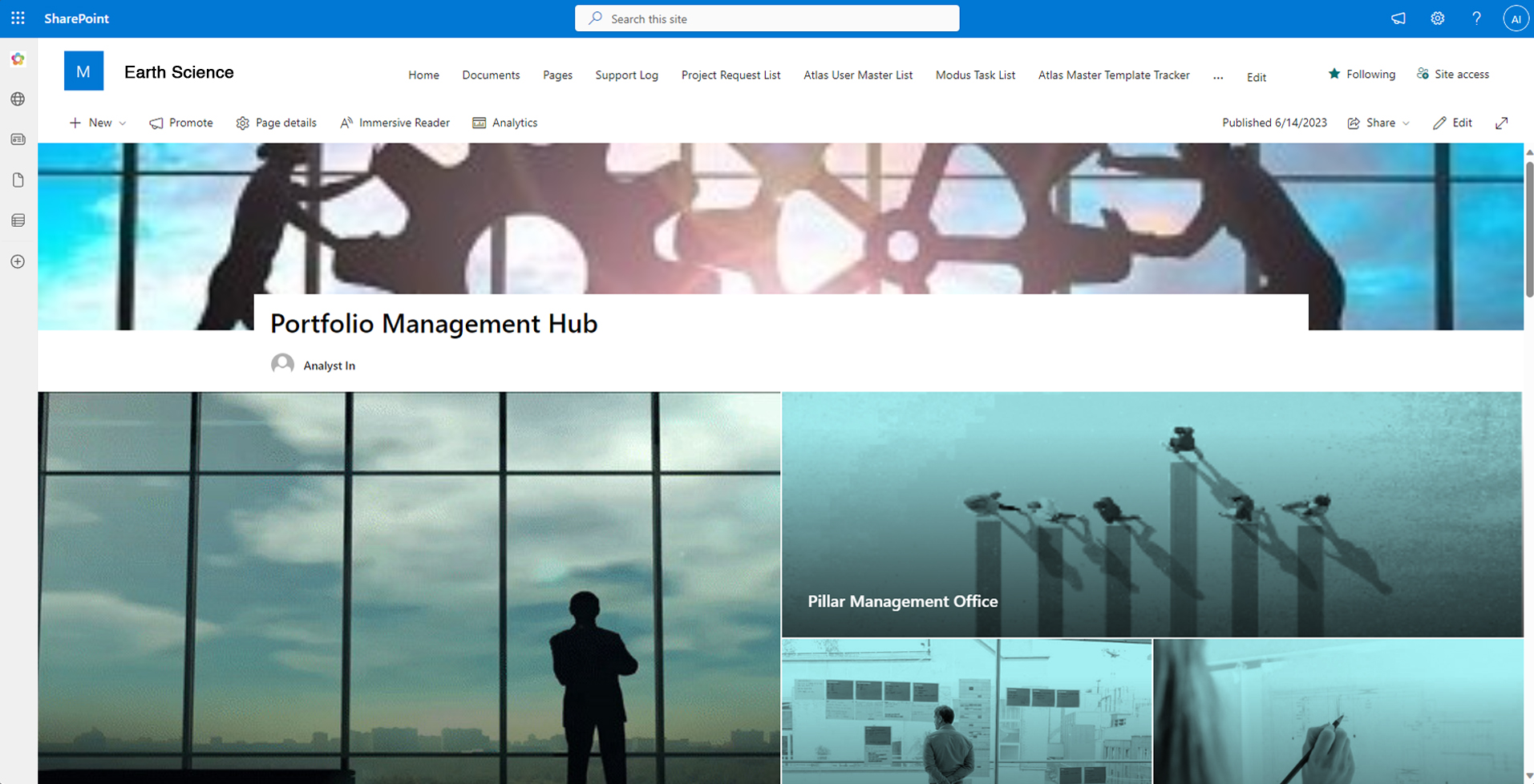
Additional Management Features
• Financial Management: Oversee and control financial aspects of
transformation.
• Communication Management: Ensure effective communication throughout
the transformation process.
• Operating Model Management: Manage and optimize your operating model.
• Process Design Management: Design and implement efficient processes.
• IT Design Management: Oversee IT design and integration.
• Build and Test Management: Manage the build and test phases of
transformation.
• Implementation Management: Ensure smooth implementation of
transformation initiatives.
Change and Development
• Change Management: Manage and facilitate change within the organization.
• Personal Development Assessments: Assess and develop individual skills
and competencies.
• Training Management: Provide training and development for staff.
• Organizational Design Management: Design and implement effective
organizational structures.
• Transformation Review: Regularly review transformation progress and
outcomes.
• Optimization and Governance: Ensure continuous improvement and
governance of transformation processes.
*04 - The Transformation Assets and Portfolio Module - Discover and Transform
The Transformation Assets and Portfolio Module empowers Earth Science Enterprise businesses to achieve their transformation goals with precision, efficiency, and comprehensive management.
The Transformation Assets and Portfolio Module in Modus ETP is essential for Earth Science Enterprise businesses aiming to execute and deliver their transformation vision effectively. This module provides a comprehensive library of pre-defined templates and methods, ensuring seamless transformation processes.
Importance of the Transformation Assets and Portfolio Module
• Efficient Execution: Streamlines the transformation process with ready-to-
use templates and methodologies.
• Centralized Resources: Provides a centralized repository of transformation
assets, ensuring consistency and efficiency.
• Comprehensive Management: Covers all aspects of transformation, from
strategy to implementation, enabling thorough oversight and control.
Key Features:
• Portfolio Management Office: Oversee and manage all transformation
initiatives and portfolios.
• Pillar/Initiative Management Office: Focus on specific strategic pillars and
initiatives.
• Program Management Office: Coordinate and manage complex
transformation programs.
• Project Management Office: Ensure successful project execution and
delivery.
• Project Support Office (or Virtual PMO): Provide support and resources for
project management.
Centralized and Connected Transformation Assets
• Value Chain Analysis: Assess and optimize your entire value chain.
• Business Model Analysis: Analyze and refine your business model.
• Transformation Strategy: Develop and implement effective transformation
strategies.
• Transformation Mobilization: Mobilize resources and stakeholders for
transformation.
• Planning Management: Plan and manage transformation initiatives.
• Transformation Log Management: Track and manage transformation
progress.
• Value Chain Analysis
• Business Model Analysis
• Transformation Strategy
• Transformation Mobilization
• Planning Management
• Transformation Log Management
• Financial Management
• Communication Management
• Operating Model Management
• Process Design Management
• IT Design Management
• Build and Test Management
• Implementation Management
• Change Management
• Personal Development Assessments
• Training Management
• Organizational Design Management
• Transformation Review
• Optimization and Governance
*05 - Organizational Change Management - Unite and Thrive
The Organizational Change Management module in Modus ETP empowers Earth Science Enterprise businesses to unite and thrive, driving successful and sustainable transformation.
Organizational Change Management in Modus ETP for Earth Science Enterprise businesses ensures successful adoption and integration of change throughout the organization. This module focuses on engaging and building the organizational structure, pathways, and skills down to individual roles and resources.
Importance of Organizational Change Management:
• Full Adoption of Change: Ensures that changes are fully adopted and
integrated into daily operations.
• Structured Engagement: Engages employees at all levels, fostering a
cohesive and adaptive organizational culture.
• Skill Development: Enhances skills and competencies through targeted
training and development programs.
Key Features:
• Change Management Office: Central hub for managing and overseeing
change initiatives.
• Comms Management Office: Ensures effective communication strategies
throughout the change process.
• Organizational Design Management Office: Focuses on designing and
implementing efficient organisational structures.
• Leadership Development Practices: Develops leadership skills to guide and
sustain change.
• Change Workbench: Provides tools and resources for managing change
activities.
• Adoption and Course Correct: Monitors adoption progress and adjusts
strategies as needed.
• Training and Launch Academy: Offers comprehensive training programs to
support change initiatives.
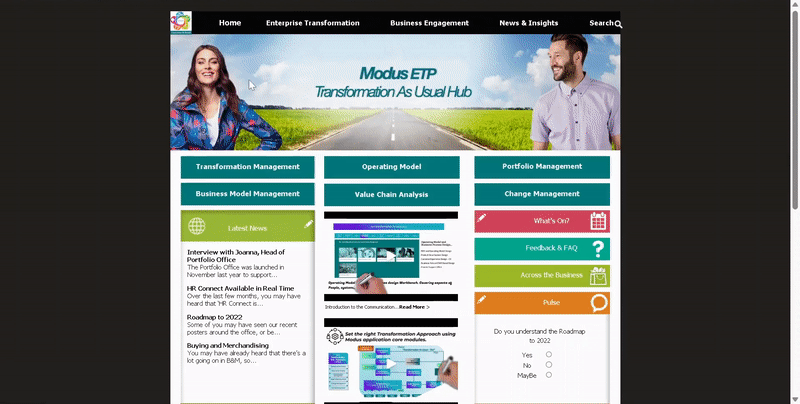
Benefits:
• Improved Coordination: Ensures all teams are aligned and working towards
common goals.
• Increased Engagement: Engages employees by keeping them informed and
involved in the transformation process.
• Efficient Communication: Reduces miscommunication and ensures timely
dissemination of information.
*06 - Engagement Hub - Share and Guide
The Engagement Hub in Modus ETP helps Earth Science Enterprise businesses share and guide transformation efforts, promoting a cohesive and informed organizational culture.
The Engagement Hub in Modus ETP for Earth Science Enterprise businesses centralizes communication and collaboration, ensuring everyone is informed, engaged, and aligned with the transformation goals.
Importance of the Engagement Hub Centralized Communication:
• Streamlines all transformation communications into one accessible platform.
• Enhanced Collaboration: Facilitates collaboration across transformation and
business teams.
• Real-Time Updates: Keeps everyone informed with the latest news and
updates.
Key Features:
• Centralized Transformation Comms: Unified platform for all transformation-
related communications.
• Latest News: Stay updated with the most recent developments and
announcements.
• Poll Surveys: Collect feedback and gauge opinions from stakeholders.
• Transformation Team Areas: Dedicated spaces for transformation teams to
collaborate and share information.
• Business Team Areas: Separate areas for business teams to manage their
transformation activities.
• Calendar Roadmaps: Visualize key milestones, events, and deadlines.
• Language Capability: Support for multiple languages to accommodate
diverse teams.
• Transformation and Change Alerting: Real-time alerts to keep everyone
informed about critical changes.
Transformation As Usual Capability Model
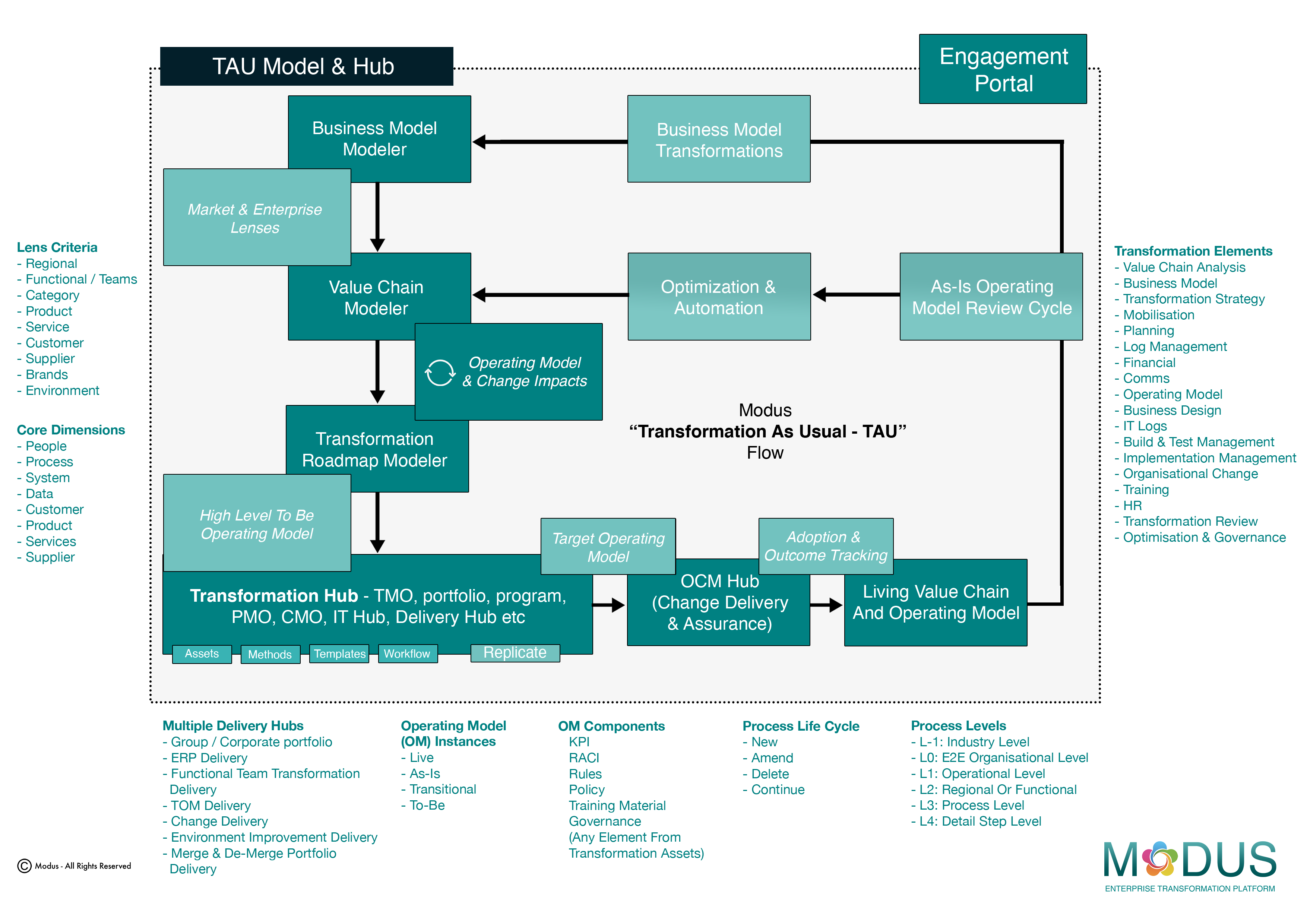
Individual and Team Capability Development
